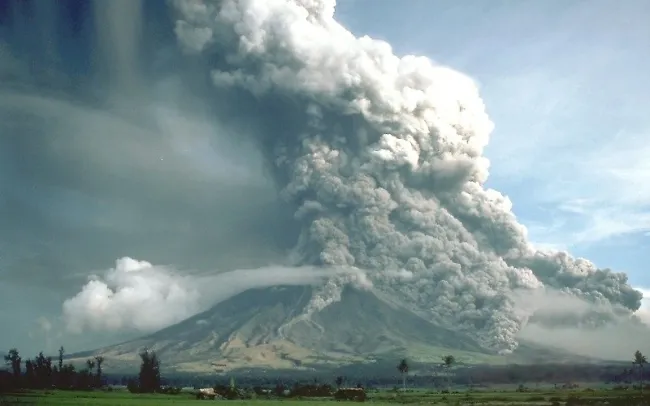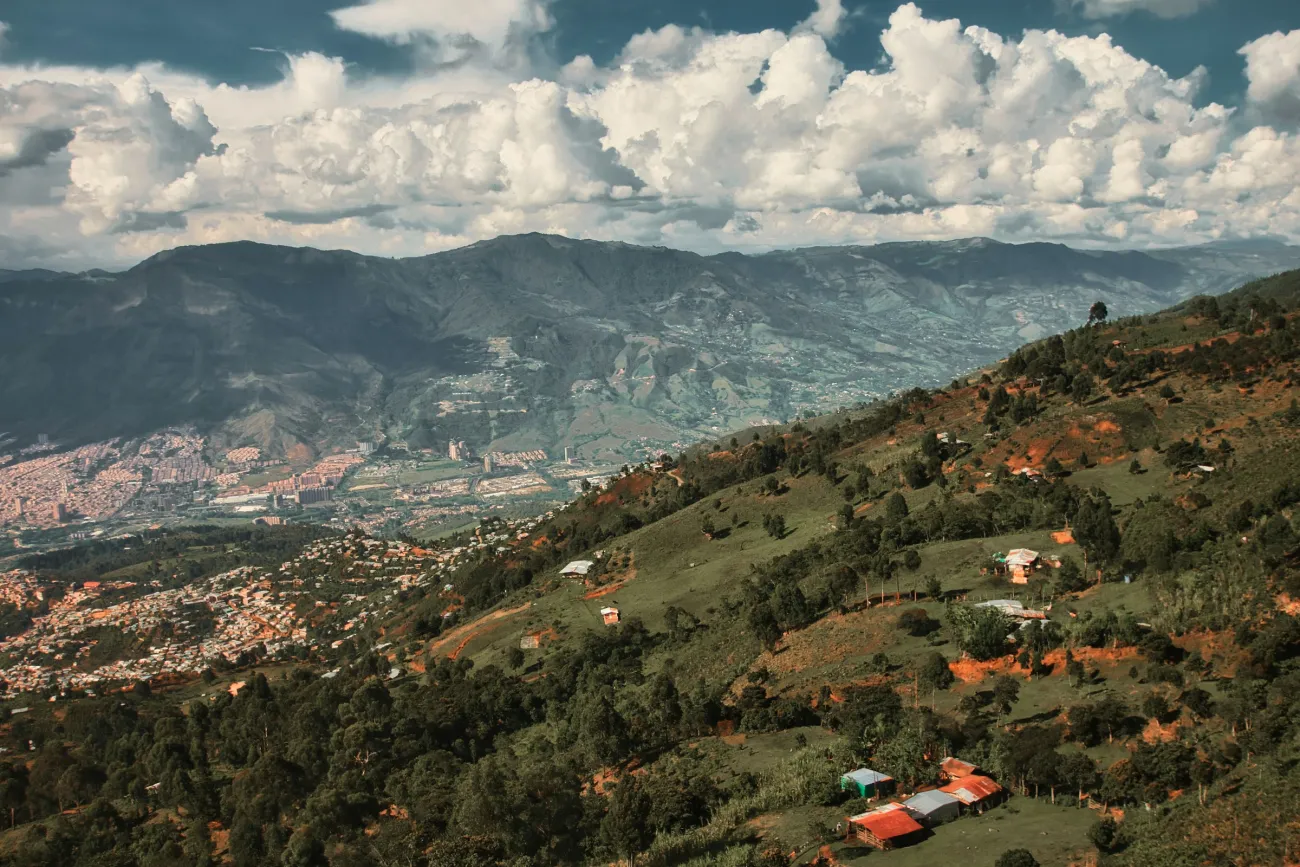A recent paper uses data from volcanic eruptions to estimate the effects that geoengineering with sulphate aerosols would have on agricultural production. It concludes that the damage that geoengineering would do to maize, soy, rice and wheat outputs (because of reduction in sunlight reaching the crops) would have roughly the same magnitude as the benefits of the cooling it would provide.

Abstract
Solar radiation management is increasingly considered to be an option for managing global temperatures, yet the economic effects of ameliorating climatic changes by scattering sunlight back to space remain largely unknown. Although solar radiation management may increase crop yields by reducing heat stress, the effects of concomitant changes in available sunlight have never been empirically estimated. Here we use the volcanic eruptions that inspired modern solar radiation management proposals as natural experiments to provide the first estimates, to our knowledge, of how the stratospheric sulfate aerosols created by the eruptions of El Chichón and Mount Pinatubo altered the quantity and quality of global sunlight, and how these changes in sunlight affected global crop yields. We find that the sunlight-mediated effect of stratospheric sulfate aerosols on yields is negative for both C4 (maize) and C3 (soy, rice and wheat) crops. Applying our yield model to a solar radiation management scenario based on stratospheric sulfate aerosols, we find that projected mid-twenty-first century damages due to scattering sunlight caused by solar radiation management are roughly equal in magnitude to benefits from cooling. This suggests that solar radiation management—if deployed using stratospheric sulfate aerosols similar to those emitted by the volcanic eruptions it seeks to mimic—would, on net, attenuate little of the global agricultural damage from climate change. Our approach could be extended to study the effects of solar radiation management on other global systems, such as human health or ecosystem function.
Reference
Proctor, J., Hsiang, S., Burney, J., Burke, M. and Schlenker, W., 2018. Estimating global agricultural effects of geoengineering using volcanic eruptions. Nature, p.1.
Read the full paper here. See also the Foodsource resource How do the climate and environment directly affect the conditions required for food production? and the Oxford Martin School’s series of videos on geoengineering, here.




Comments (0)